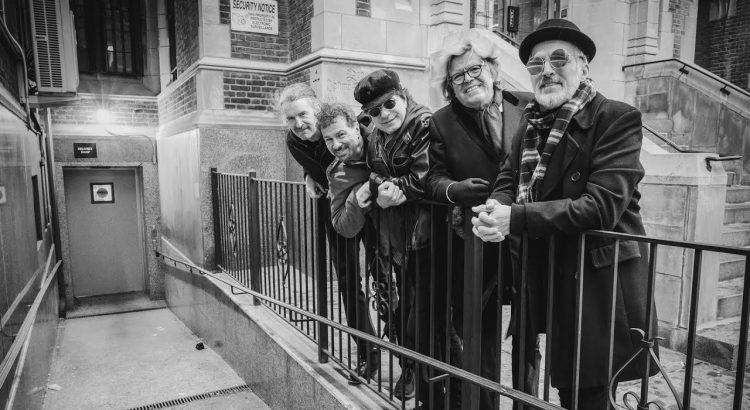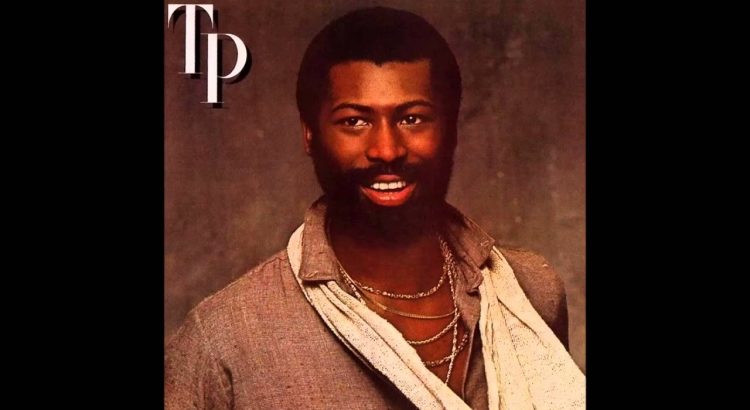Since Generation X filmmakers came of age, comic books have been the driving narrative force behind every other piece of media in existence. Black Panther won three Oscars and Marvel’s overall box office take makes it wealthier than some continents.
Unfortunately, as happened in the 1990s, the marketplace is becoming saturated with product of questionable merit. While the aforementioned Black Panther is a good movie in its own right, there are things like Suicide Squad that dilute the genre. Not to mention the fact that it’s becoming a requirement to watch twenty films just to understand what is happening in one story.
What saved comics was the fact that other creators outside of the mainstream took comics in a different direction – and that major publishers set up companies like Vertigo that allowed them to do that. While most mainstream creators were trying to make their characters “darker,” writers were creating new property that both included more mature themes and keeping the comic campiness that had attracted readers for decades. A few even managed to take classic pulp genres, like noirs and fantasy, and write comics that allowed people to see them in a new light.
It’s why everyone looks at most of the Superman stories from the 1990s as embarrassments, but Neil Gaiman’s The Sandman is still lauded today. They were both released by the same company, but Gaiman was offered more freedom because he wasn’t writing for a mainstream label.
Critics have speculated that superhero movies are a bubble ready to burst. That has not happened financially (yet), but they are starting to struggle artistically. If filmmakers want to keep the genre fresh, they should look at bringing these comic series to screen. And I have identified some great directors who would be perfect for the material.
Criminal – Ed Brubaker has already worked on mainstream comics like Daredevil and one of his story arcs was converted Captain America: Winter Soldier. But he’s also famous for subverting traditional comic stories to focus on the usually unseen characters. Gotham Central has very little to do with Batman and instead chooses to focus on the detectives in the Gotham City Police Department.
He is also famous for taking hackneyed tropes for pulp genres and making them as realistic as possible. Criminal is probably his best series. It features the same ideas that seduced Dashiell Hammett and Raymond Chandler – internal monologues, seedy bars, seductive women, and short declarative sentences.
But the people in Criminal don’t feel like the people you see on Turner Classic Movies. If they talk like film noir characters, it’s because that makes sense in the world they inhabit. They’re all chasing real demons, like divorce and addiction. And when people pull a heist, there are consequences that go far beyond the police investigations.
Criminal revitalizes noir by taking standard conventions to their logical extreme. The characters are all flawed but sympathetic. I could understand why they made the choices they made, even if it leads to violence. And they’re all intriguing.
Noir was one of the original genres that set film away from other mediums. Now that comics are among the top source material for movies, it’s time for the medium to come full circle. Reboot the noir using a comic book as your template.
Who Should Direct: Filmmakers interested in classic noir are becoming harder and harder to find. Most detective stories have migrated to television, where the episodic format is seemingly better at keeping a mystery going. And maybe that’s the solution. The most acclaimed crime series today is True Detective. Maybe series creator Nic Pizzolatto is the only person who can adapt Criminal in a new medium.

Hack/Slash – This is likely the most mainstream idea among the series listed here, and in fact was going to be turned into a film. But that became trapped in development hell.
That’s a shame, because the idea behind it is very appealing. Tim Seeley and Emily Stone’s series is essentially a remake of Buffy the Vampire Slayer except the protagonist targets so-called “slashers” instead of vampires. Slashers like Jason Vorhees and Freddy Krueger, in this universe, are very real. Slasher slayer Cassie Hack had to kill her own mother after she turned out to be a “slasher.” She subsequently dedicates her life to hunting slashers like the skinless Doctor Gross, the party loving Acid Angel, and classic slashers like Chucky and Dr. Herbert West.
Cassie Hack is obviously a very conflicted woman. She is openly questioning her sexuality and doesn’t want anyone to get too close to her. But the people she meets aren’t the people that anyone needs to know. Most are just a bunch of low watt bulbs and the comic’s setting is permanently stuck sometime in the 1980s where trips to Camp Crystal Lake are a requirement. Cassie is more knowing and insightful than the people she encounters.
It would make a great film because horror is, once again, at a crossroads. After depending on gore for decades, most of the praised horror of the last year, like A Quiet Place, depended on psychological tension as opposed to blood. Hack/Slash may be what closes that slasher chapter once and for all.
Also, Pooch has tremendous potential as a breakout character.
Who Should Direct: Edgar Wright has shown that he’s capable of creating knowing satire and equally capable of examining the conflicts in youth. Additionally, his nerdy background would make the slasher killers a genuine tribute instead of some schlocky reference.

The Incal – In the wake of the collapse of his Dune adaptation, Alejandro Jodoworsky reworked much of the new material he created for the movie into a comic book along with legendary illustrator Moebius. The result is a sprawling mythology that has spawned other series and has been listed as one of the best series ever written.
The series is a sprawling epic about a private investigator who discovers a crystal that is being sought by different religious groups. What happens from there is an epic spiritual journey for the main character (who is literally named “The Fool”) in the ultimate sci-fi dystopian city that features a wide variety of alien races and bizarre characters.
In other words, it’s exactly the sort of epic work of science fiction you would expect Alejandro Jodorowsky would create.
The art style is very reminiscent of the animated shorts in the Heavy Metal film. It’s a very cartoonish world that is crammed with faces and visual information that it’s almost impossible to find everything in the first read. There are also some moments of comedy in between the metaphysical philosophy. After accidentally swallowing the titular gem, John accidentally vomits on a king and one member of the court can only say “Scandalous!” And the entire book is one giant circular narrative.
It would likely be very difficult to include every element needed to translate the work to the screen, but the ideas are so rich that it would be an impossible film to ignore. At the very least it would be the closest we would get to seeing one of film’s lost masterpieces on screen.
Who Should Direct: Luc Besson has done his version of The Incal – twice – but both of those films were more interested in the style than the substance of the work. Instead, I’ll select someone a big Jodorowsky fan who has been rumored to direct a film adaptation of this before – Nicolas Winding Refn. His films are visually arresting and, for better or for worse, he demonstrates that he has a lot of existential ideas behind the neon palette he paints his frames with. He could probably make the material easier to understand and capture the chaos of John DiFool’s existence.

Mister X – This is one of the most visually stunning series ever. Created by Dean Motter, Mister X tells the story of Radiant City, a retro futuristic metropolis that was designed to cater to its citizens every desire. But one of the creators (we’re never sure which one) is concerned that the “psychetecture” used to create the city will slowly cause its citizens to go mad. Donning the moniker of “Mister X,” he returns to the city to try and fix the flaws in his creation. Also, like in Fritz Lang’s Metropolis, there’s a power struggle and divided classes throughout the city.
Motter’s city was copied in numerous other comics after its debut and even some films. It’s impossible to watch Alex Proyas’ Dark City while recalling Radiant City. But the comic goes deeper than that. It put an emphasis on how, even as humanity tried to create a paradise, it was unable to escape from the conflicts that define human nature. Mister X’s identity is never important. What matters is how fluid his identity is to the people around him. He can simultaneously relate to the working-class members of this society as well as Radiant City’s rulers – not because of what he does, but because of the attributes people assign to him.
The story ends with Mister X crawling back into the sewer he emerged from, realizing that there is still work to be done. It was a way to keep the character open ended for revivals, but it was also a way to keep the mystery alive. There couldn’t possibly be an easy solution in a world that’s slowly causing everyone to go mad.
Who Should Direct: I’d like to see Blade Runner 2049 director Denis Villeneuve make the movie. Not only would he be able to capture the visuals of the world, he also has demonstrated that he’s able to make sense of philosophical ideas buried in schlocky science fiction stories. His Mister X would be able to understand that the setting is as important a character as the citizens living in it.

Transmetropolitan– The series is almost impossible to describe to those who haven’t read it. At its core it’s about a Hunter S Thompson figure named Spider Jerusalem who lives in a crapsack cyberpunk world and writes columns just to upset the public figures that continuously irk him. He gobbles down drugs (it’s the future, so there don’t seem to be any long-term effects to drug abuse), is unsupportive of the people that care about him, and is generally an unpleasant person. But he’s a rebellious voice of the people, so everyone just sort of puts up with his antisocial behavior.
Transmetropolitan is ultimately an exercise of self-reflection by writer Warren Ellis. I get the sense that he believed himself to be Spider, someone who was trying to rebel against the mainstream comics industry with a character that was as loathsome as the “dark and edgy” characters of the 1990s were to him. Unfortunately, as Spider became more popular (both in the story and in comic shops), Ellis undoubtedly felt like his character was getting away from him.
That introspection would come at a time when superhero movies really need to start looking at what they are. The same thing is happening to them. No one expected Iron Man to be a box office smash hit and the idea of an entire cinematic universe where the same characters played large role was seemingly crazy. Yet now it’s the norm and other studios have tried it, diluting the idea. If done correctly, then Transmetropolitan would be a very good comic book film that re-examines comic book films.
Who Should Direct: It took me a while to figure out who I’d like to see tackle the material. There aren’t many filmmakers who possess the satirical eye needed and the ability to create the visual effects to bring this world alive. Then it hit me – Alex Garland. He started out as an author of satirical novels like The Beach and movies like Annihilation prove he can create a world from scratch. And although he didn’t direct it, he did write the screenplay for the 2013 version of Dredd. That’s how Tansmetropolitan should look on screen.






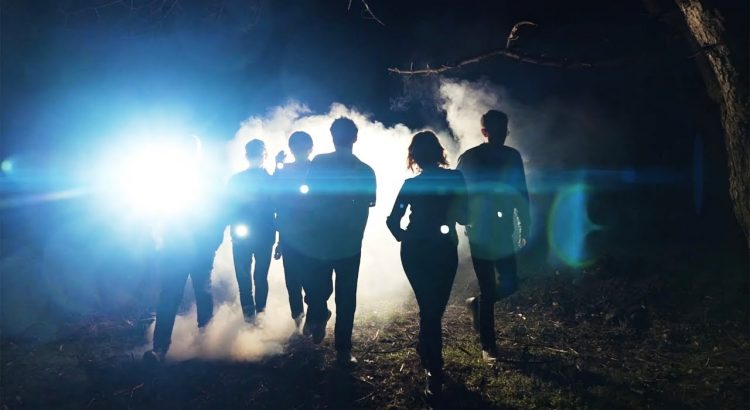
 their American close-up.
their American close-up. 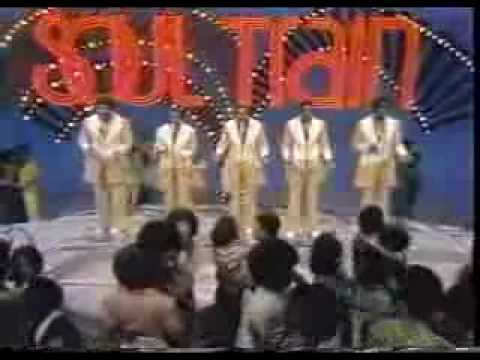

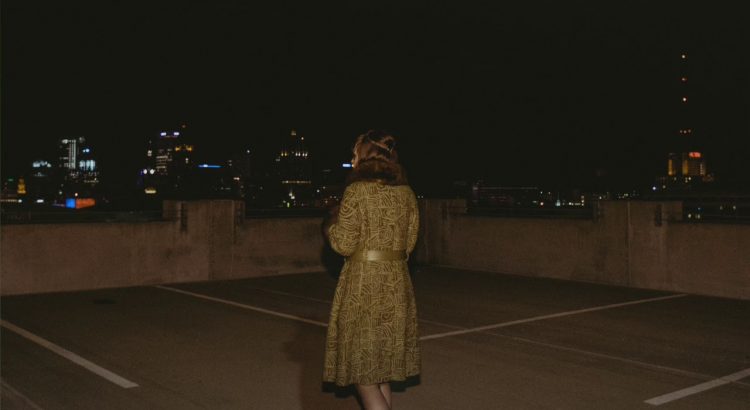

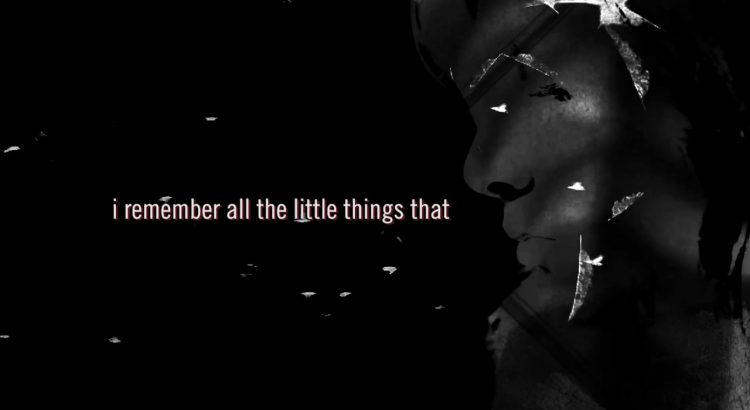

 In addition to honing your craft as a singer, songwriter, and performer — how are you learning about the music industry, especially how to monetize and forge a bankable career? The digital age is still the wild west in terms of promotion — your direct access to millions of potential fans was unheard of 20 years ago.
In addition to honing your craft as a singer, songwriter, and performer — how are you learning about the music industry, especially how to monetize and forge a bankable career? The digital age is still the wild west in terms of promotion — your direct access to millions of potential fans was unheard of 20 years ago.  What have you learned from your idols — like Lady Gaga and Amy Winehouse — in terms of what you can accomplish or avoid as your career unfolds?
What have you learned from your idols — like Lady Gaga and Amy Winehouse — in terms of what you can accomplish or avoid as your career unfolds?